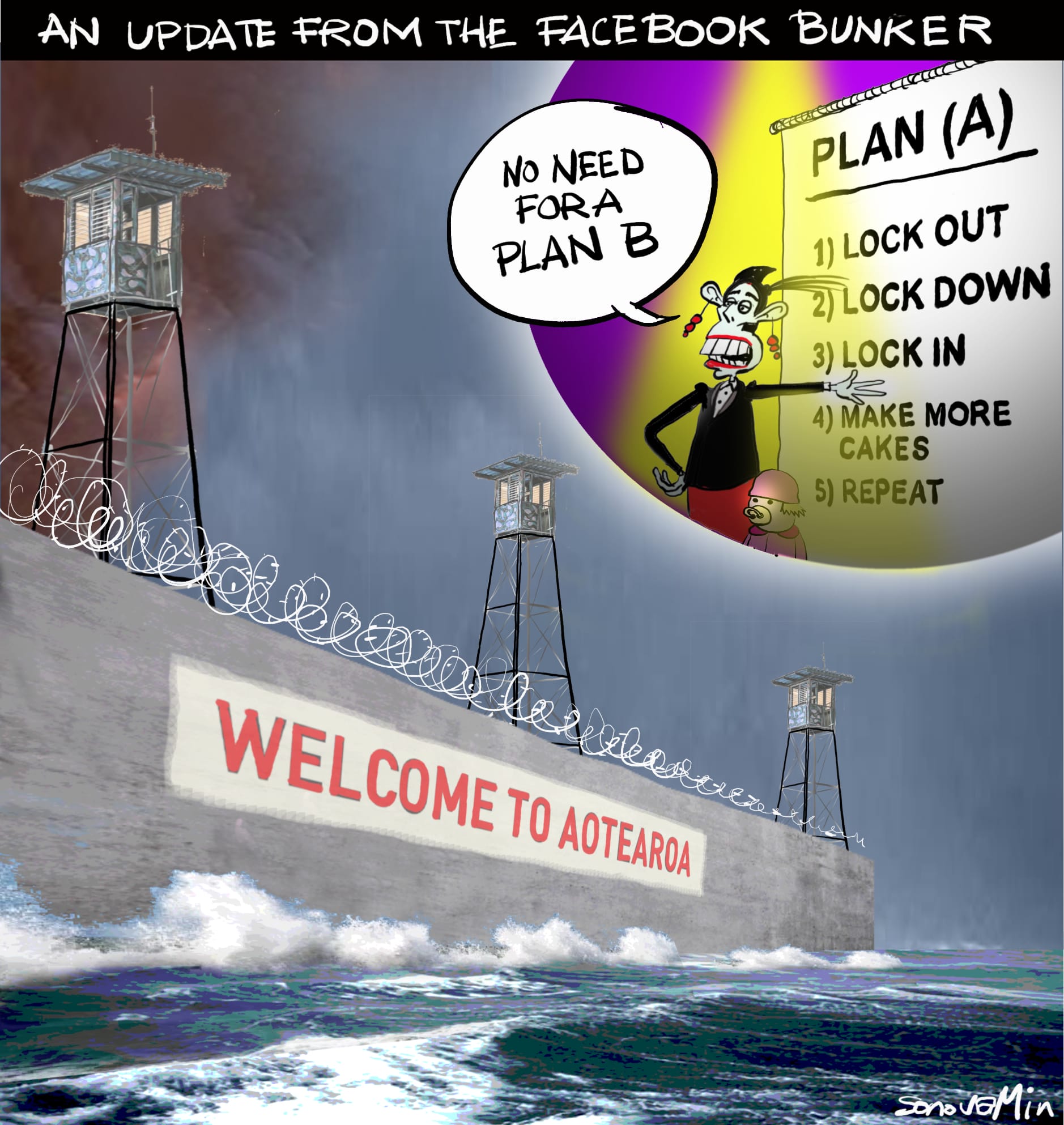Table of Contents
New Conservative
New Conservative asks, “Two years on from the first lockdown, how well have lockdowns served us?”
The initial Covid elimination policy had the goal of limiting pressure on our hospital system from covid patients. This has been successful. Even now with high numbers of Omicron cases we are managing. However, the flip side of this is that the hospital system is still as broken as it was two years ago. We still have shortages of staff (over 1000 just in Auckland (1)), long wait times for procedures (now 40.5% of people approved for treatment are not treated within the recommended time frame – up from 23.7% 12 months ago (2)). Lockdowns cost the country between $1B and $2B a week (3). We have to ask, “What improvements could have been made for long term benefits to our health system with just some of this money?”
How about education? We’ve had two years of disrupted teaching and learning. Some have managed with online and home-based learning but some have been left behind. Those without good internet access have been left behind with the move online. School attendance has declined as the latest figures show. Only 68.5% of students attending more than 90% of term one in 2021 compared to 72.8% in 2019 (4).
Economy. We all see the skyrocketing of everyday costs – groceries, petrol, building materials. Inflation is now hitting 6%(5). The government has been handing out money all over the place – some through necessity (Covid business support), some through expedience $M486 for National health Authority). Government debt has increased 25% in the last year to $102 billion and 30% GDP (6). Two years of covid elimination have cost our economy.
Unemployment is another common indicator of economic well being. The current unemployment rate is 3.2% which is the lowest since 1986 (4) and positive news. However, 11.7% of the working age population is on some sort of a benefit as at the December 21 quarter. This is up from 9.7% in December 2019 (8). The lockdowns have seen a growth in beneficiaries. On top of that there has also been a 7% increase in state servants due to the covid response plan(9).
Another indicator to look at is mental health wellbeing. The percentage of adults with high or very high levels of psychological distress has risen to 9.6% in 2021 from 7.5% the year before (10), a 28% increase. The uncertainties of lockdowns, whether people will still have employment and be able to pay bills, the continual changing of lockdown rules, the encouraged separation of people and families, the loss of freedoms, all add to the mental stress we all feel.
One seeming bonus of lockdowns has been the near elimination of the flu.
While some success has been seen, and the initial goal of not overloading our health system has been achieved, the question needs to be asked: was the cost worth it? The cost to education, the economy, business and the mental health of the nation was significant. We could eliminate deaths from road deaths by requiring all vehicles to be locked up at home, but is this the way we want to live?
New Conservative believes that the cure was worse than the illness in our covid response. We call on the government to develop a plan for the next pandemic or covid variant that will not focus on just protecting the health system, but will benefit all aspects of the nation, economy and people.










